7 Energy-Saving Tips to Lower Your Utility Bills This Winter

Many Americans are experiencing higher energy bills in 2023 than in the past. And, during the winter months, energy bills commonly surge as we crank the heat up. Luckily, there are a few things you can do to save money that don’t involve freezing.
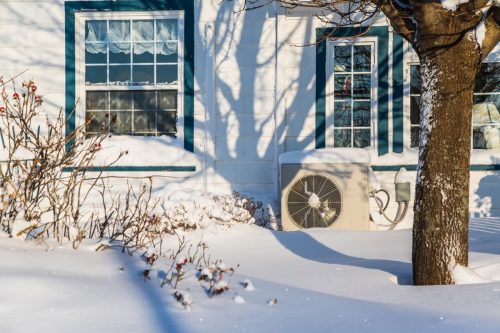
Heather Stephenson, sustainability and climate change expert and Chief Storytelling Officer at Elephant Energy, suggests investing in a heat pump. “Replace your regular furnace with a heat pump. Heat pumps are 300% more efficient than traditional furnaces, not to mention that they can reduce your carbon emissions by 20-30% and improve the overall air quality in your home,” she says. Installing a heat pump can reduce your gas bill considerably, saving you up to $1,000 per year.

Some people prefer a gas stove. However, replacing your gas stove with an induction range can save you money on your gas bill as well. “Induction ranges are up to 125% more energy efficient than traditional cooktops,” she says. A bonus? “Lower rates of asthma,” she maintains. “Children living in a home with a gas stove have a 42% higher rate of asthma than those who have electric stoves.”
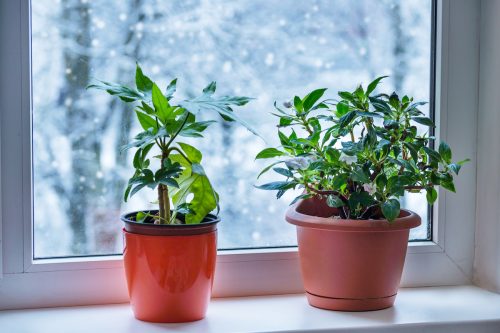
Kat Christie, founder of She Fixed That, LLC, DIY Expert, and Licensed Contractor, suggests sealing all air leaks, which she describes as “literally money going out the window.” Finding them is easy, she maintains. “You can take a lit incense stick and walk around your windows and doors (turn any HVAC off so you don’t have any residual breeze going on), and see if the smoke moves when you’re near the window! Whether it’s going out or coming in, it’s a sign of an energy leak.” You can also burn a candle and hold it near the windows and doors and see if the flame moves. “Focus your efforts on sealing up windows, doors, and attic access, anywhere that air could be escaping,” she adds.
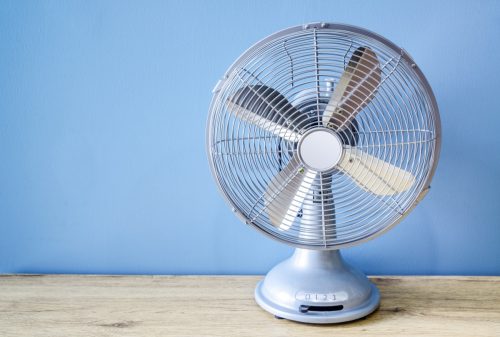
It might seem counterintuitive to turn on fans in the winter when you are trying to keep warm, but it can actually keep your house warmer. “Use fans to circulate the air,” suggests Christie. “Strategically place the fans around your home to keep the air warm (or cold!), circulate the air better and your system won’t have to work as hard,” she says.
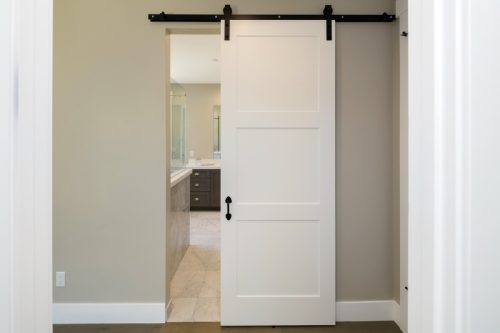
Unless you have a split system, with an area of the house you don’t use, Christie recommends keeping all of the doors open so the air can freely flow through the house. “If you have an air vent under a piece of furniture, they sell magnets that are like little hoods, so you can stick it to the vent and it will help direct the air out from under the furniture so you can make the air more efficiently blow so it doesn’t get stuck under the furniture,” she adds.
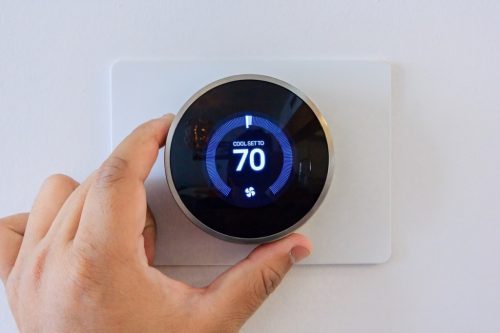
Having a programmable thermostat and having the thermostat on a schedule helps with energy efficiency, adds Christie. For example, you can configure a seven-day schedule or adjust the Amazon Smart Thermostat through the Alexa app on-the-go. By opting in to Hunches, Alexa can do the programming for you. If Alexa has a “Hunch” that everyone is away from home or has gone to bed for the night, it can proactively adjust the temperature. According to EPA estimates, Alexa Smart Thermostat can also help you save an average of $50 on yearly energy bills.
RELATED: 11 Easy Things You Can Do to Slow Down Aging
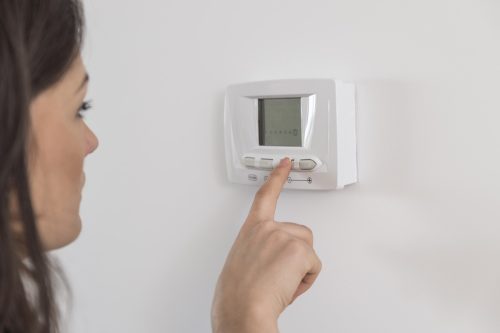
While it may seem like a money-saving habit, turning your HVAC system off and on will actually cost you more money. “Just set the thermostat higher or lower if you aren’t home, but this way it won’t have to be turned all the way off, and then work harder to reheat the entire space again,” says Christie.